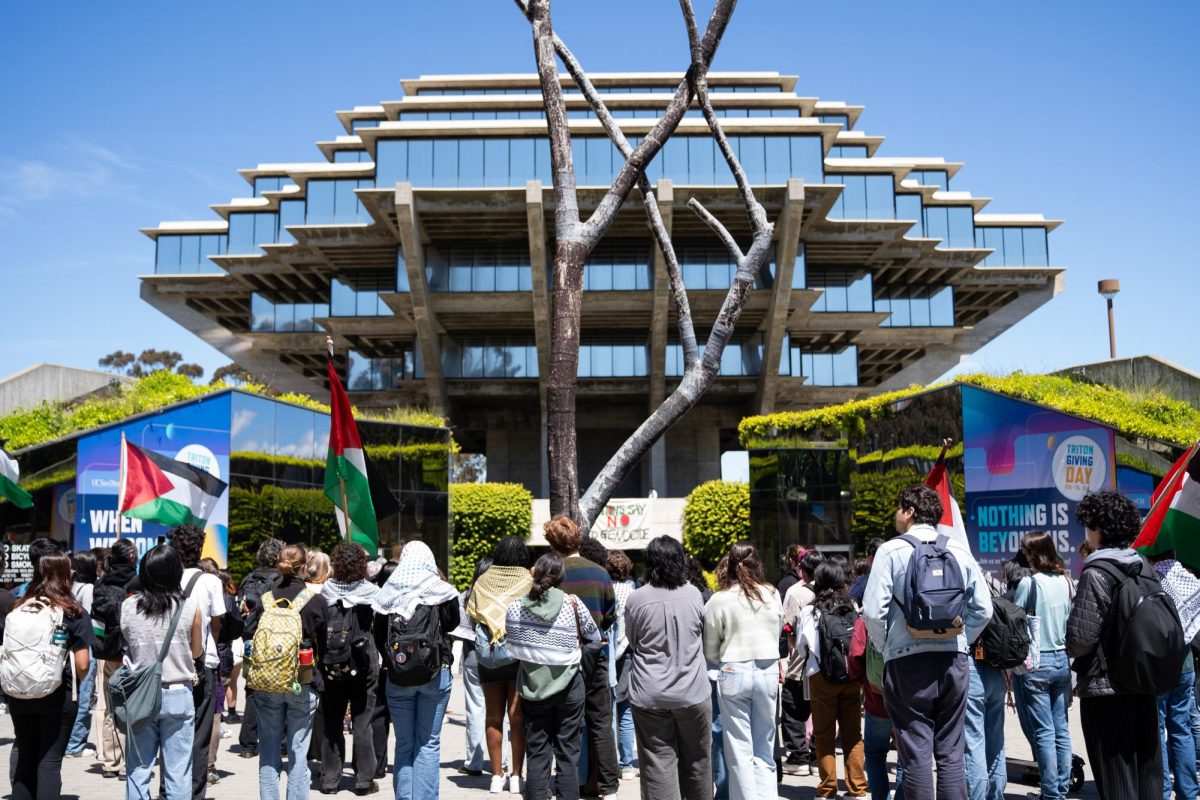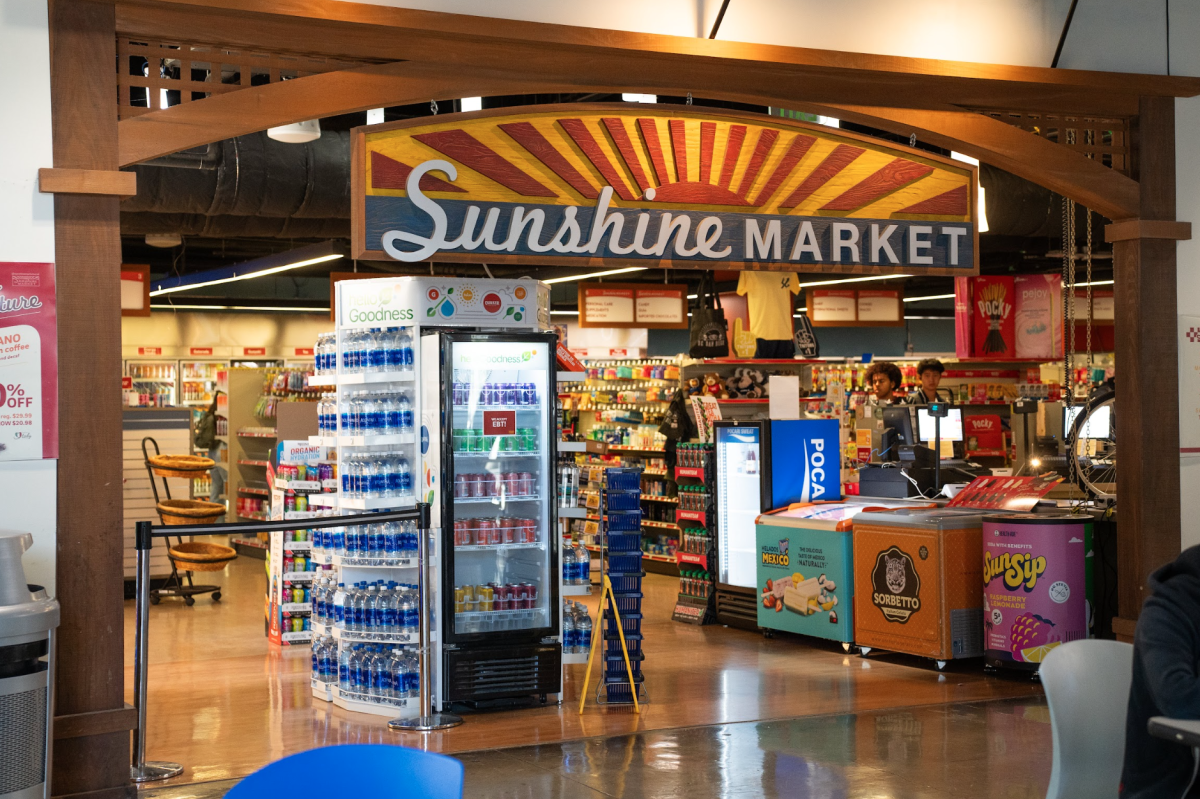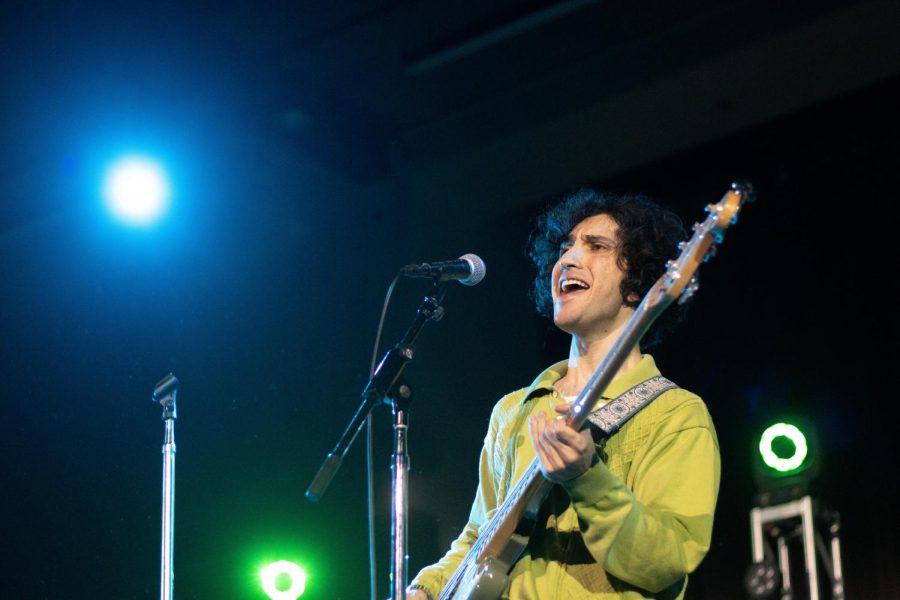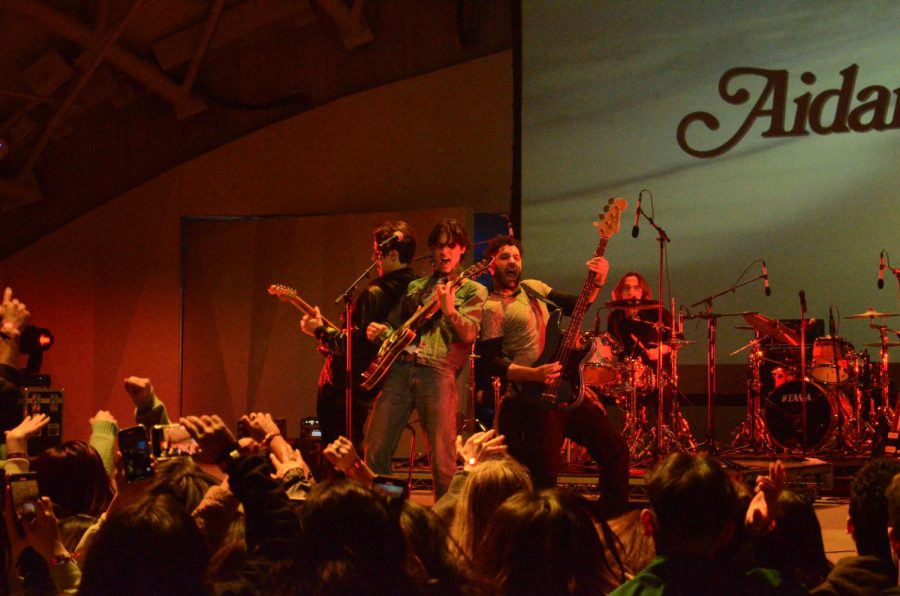Imagine walking through school on a typical weekday. Library Walk, as usual, is densely crowded with countless other students all leaving their classes. Music is blaring from your iPod, your sunglasses are on and you’re thinking about your upcoming midterm. Suddenly, from behind you, a bike dashes by and grazes your arm, nearly colliding with you. As the bike’s trail of wind continues to rustle through your hair, you contemplate the crash that would have almost certainly happened had you suddenly changed direction.
Many people would blame the bicyclist for this near-accident, and it’s exactly this kind of scenario that prompted the enforcement of bicycle regulations by the UCSD police last year. The department said that it was getting complaints from pedestrians who were being struck — or nearly struck — by bicyclists, and officers began giving warnings and citations to those riding bikes through several locations on campus. A year later, warnings and citations have practically ceased, though nothing has been done to rectify the situation for both bicyclists and pedestrians. Certainly people still ride their bikes to and through campus as they have done before and after this period of enforcement — and they should be encouraged to do so.
The UCSD campus is ideally oriented for the use of bicycles as a form of transportation. As one of the biggest campuses in the UC system, it is often impractical in terms of time and effort to walk great distances across the campus. This is also true for the many students who live just beyond realistic walking distance. Even the weather is fantastically conducive to bicycle transportation, with our frequent sunshine and warm climate.
Students should be encouraged and persuaded to bike to campus for a myriad of valuable reasons. Using a bike to travel is much better for the environment than taking a car or even using public transportation. Using a bike would alleviate some of the awful congestion that currently clogs UCSD parking lots, where many drive in circles looking for parking spaces — despite having to pay an exorbitant amount for parking permits. Though many students complain about the unavailability of parking at UCSD, the school does not actively promote biking as a logical alternative to waiting and paying dearly for parking spaces. Biking to school would be beneficial to for environment, cheaper for students who would not have to spend money on gas or pay for parking permits and would elevate some congestion on roads coming into school, in parking lots and on the shuttle system.
UCSD outwardly appears to be a campus that fully supports environmentally conscious behavior, but it sends extremely mixed messages about the use of bicycles as a form of alternative transportation. Bike racks litter the campus, often with signs prohibiting bicycle riding posted just a few feet away. And though the regulations regarding bike use are rarely enforced — for only a short period last year — campus authorities were heavy-handed in their application of the rules.
Such warnings and citations serve only to discourage individuals from using their bicycles to get to campus, which is completely counterproductive. It’s not the bicyclists’ intention to harm walking pedestrians by riding their bikes through campus, but merely to negotiate their way through an enormous crowd on a small walkway.
Neither is the pedestrian at fault for expecting to be able to walk safely across campus without having to dodge bicyclists desperately trying to make their way through the dense crowd. The fault rests purely on the shoulders of a flawed system that produces this inconvenient and unnecessary circumstance.
The solution is the implementation of bike lanes in high-traffic areas of campus such as Library Walk, Ridge Walk (which runs between Revelle College and Eleanor Roosevelt College) and other congested areas. The bike lanes would allow bicyclists a designated path in which to ride, unfettered by the mass of walking students. And those students who chose to walk could be more confident that they would not be run down by a bike.
Additionally, designated bike lanes may encourage others to bike to school rather than to take their cars. This solution has been successfully applied at both the UC Santa Barbara and UC Davis campuses. This same basic concept should and could be employed at UCSD to the benefit of both pedestrians and bicyclists.







